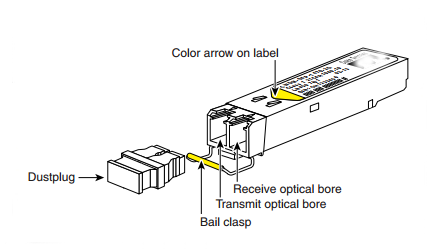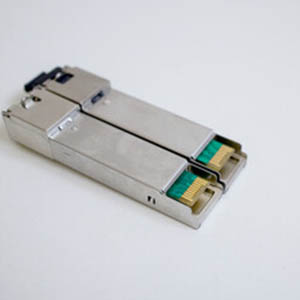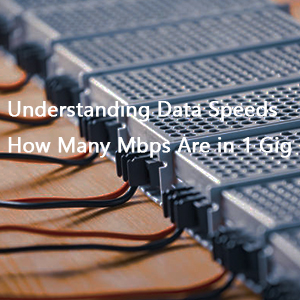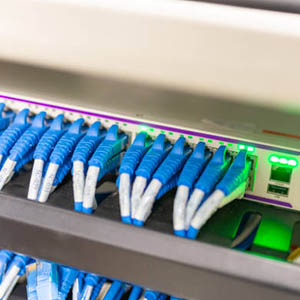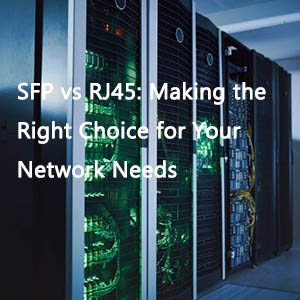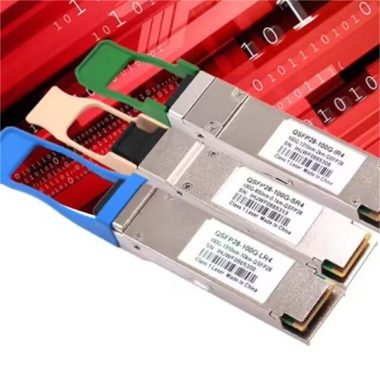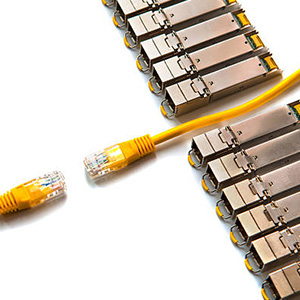In the realm of data centers, the reliability of optical transceivers is paramount. Despite the redundancy in hyperlinks, the failure of these transceivers can significantly disrupt business operations. This article delves into strategies for minimizing the failure rate of high-speed optic transceiver modules, ensuring robust data center performance.
Content:
The Demand for Enhanced Bandwidth
The advent of 5G, big data, and artificial intelligence has heightened the demand for processing power and network bandwidth. Data centers are under pressure to expand their network capabilities to accommodate these technological leaps. The straightforward approach to achieving this is by increasing the single-port bandwidth, scaling from 40G to 100G, and beyond to 200G/400G. Experts predict a steady rise in 400GbE deployments, with these switches poised to serve as the backbone for both private and public cloud data centers. It’s crucial to recognize the rapid evolution from 100G to 400G, reflecting the exponential growth in network bandwidth needs.
The Challenge of High Failure Rates
While data centers crave high-speed transceivers, the high failure rate of optical transceiver modules remains a concern. The failure rate appears to escalate with the increase in speed, posing a significant challenge. For instance, a 40G optical transceiver, essentially a bundle of four 10G channels, is inherently more prone to failure than its 10G counterpart. The complexity of coordinating multiple optical paths increases the likelihood of errors, particularly at higher speeds like 100G. New optical technologies, introduced to support these speeds, further amplify the risk of failure. The introduction of 400G technology in 2019, for example, was met with an expected surge in failure rates, though its initial adoption was limited.
The Impact of Failures
The failure of an optical transceiver module does not always have a critical impact on business operations. Data centers are typically equipped with redundant hyperlinks that can reroute traffic in the event of a failure. Immediate detection of issues like CRC errors through network management allows for swift remediation. However, in rare cases, system port failures triggered by optical modules can lead to system-wide disruptions, often due to improper equipment implementation. Optical transceivers and devices, though interconnected, operate independently, minimizing the impact of individual failures.
Diagnosing and Addressing Failures
Failures in optical transceivers often manifest as port unavailability, unrecognized transceivers, or CRC error packets. These issues can be related to the device, the transceiver module itself, or the hyperlink quality. Troubleshooting such issues can be complex, particularly when determining the fault’s location is challenging from a software perspective. Adaptation issues, where devices have not been fully debugged and tailored to work together, are common. Network devices often provide a list of tailored optical modules, requiring clients to use these to ensure stable operation. A systematic approach of rotating tests, swapping fibers, modules, and ports is recommended to diagnose the issue.
Strategies for Minimizing Failure Rates
- Quality Control at the Source: High-speed transceiver modules should undergo thorough testing before market release. Ensuring compatibility with existing equipment and refining these technologies is crucial for maturity.
- Cautious Adoption: Network equipment carriers and data center clients must be vigilant in adopting high-speed optical transceivers, conducting rigorous testing, and filtering out products with poor quality.
- Handling with Care: The delicate nature of optical transceiver modules requires careful handling. Using gloves and fiber caps, and storing them properly can significantly reduce failure rates.
- Avoiding Extreme Conditions: Operating optical transceivers at the limits of their specifications, such as using 100G modules at their maximum distance, can lead to increased failures. Providing a conducive environment for these modules can extend their service life.
Conclusion
As data demands surge, the introduction of higher-speed optical transceiver modules becomes imperative. Managing the quality and reducing the failure rates of these modules are critical for the success of data center operations. Continuous technological innovation and stringent quality control are essential for the longevity and reliability of high-speed optical transceivers. These modules are not just components but the driving force behind module manufacturers, making them a strategic battleground for the future of data center technology.

